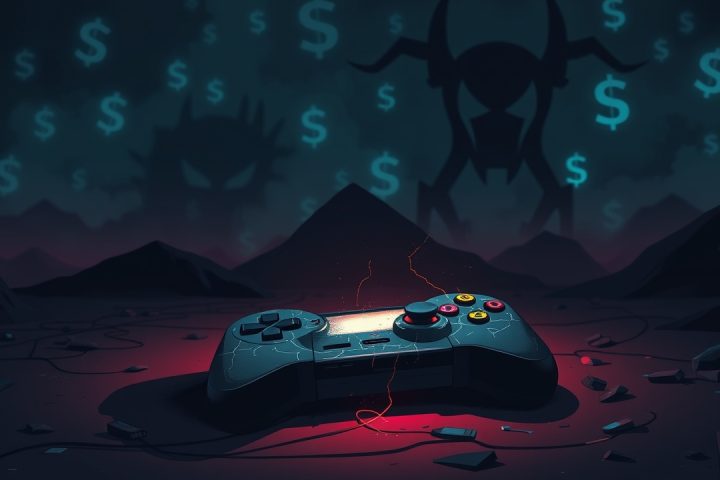Commemorating SegWit: A Turning Point in Bitcoin’s History
On August 1, 2023, the cryptocurrency community commemorates the eighth anniversary of a significant event in Bitcoin’s evolution — the implementation of Segregated Witness (SegWit) in 2017. This software upgrade not only marked a transformative moment for Bitcoin but also instigated a fundamental split within the community, leading to the formation of Bitcoin Cash (BCH). Coined “Bitcoin Independence Day,” this occasion was pivotal in reducing miners’ control over the Bitcoin protocol and underscored the contentious debates surrounding the network’s scalability for global adoption.
The Block Size Wars
The so-called “block size wars” were a fierce tug-of-war between two factions: those advocating for maintaining Bitcoin’s small block size versus a coalition of so-called “big blockers”. This larger group, which included miners and various businesses, aimed to increase the number of transactions processed per block to facilitate everyday transactions and commercial uses of Bitcoin. Supported by prominent figures like Roger Ver, known as “Bitcoin Jesus,” big blockers criticized Bitcoin’s limited block size for falling short of Satoshi Nakamoto’s original vision of a fully decentralized electronic cash system.
Opponents to larger block sizes, which included node operators, developers, and many Bitcoin users, expressed concerns that increasing the block size would raise the requirements for storage and computational power. This potential escalation could render it too expensive for the average individual to operate a Bitcoin node, risking network centralization in the hands of a few entities capable of maintaining the necessary infrastructure.
Activation of BIP 91 and the Hard Fork
The activation of Bitcoin Improvement Proposal (BIP) 91 in August 2017 marked a critical turning point that allowed for the scaling of transactions via the Lightning Network — a method of handling off-chain payment channels to facilitate quicker transactions while securing final settlements on the Bitcoin blockchain. The divergence in philosophies culminated in a hard fork on August 1, 2017, resulting in the creation of Bitcoin Cash and reshaping the landscape of cryptocurrencies.
Post-Fork Trajectories
Post-fork, Bitcoin and Bitcoin Cash have experienced significantly different trajectories. Bitcoin Cash reached a peak price of approximately $1,600 in May 2021 during the last bull run but later plummeted to around $90 in the 2022 market downturn. Currently, BCH trades around $552, essentially mirroring its early trading conditions soon after its inception.
Conversely, Bitcoin’s value has surged by an astonishing 4,200% over the past eight years, rising from about $2,718 on the day of the SegWit implementation to around $115,000 today, despite a drop from its peak of about $122,000 recorded in July.
Current Market Landscape
Presently, Bitcoin’s market capitalization exceeds $2.2 trillion, while Bitcoin Cash stands at roughly $10.9 billion. The ongoing divide between the two networks reflects a larger conversation in the crypto ecosystem about Bitcoin’s utility. Some participants envision Bitcoin as a versatile medium for transactions and even data storage, while others advocate for its role strictly as a decentralized store of value — a discord that continues to resonate within the community.




